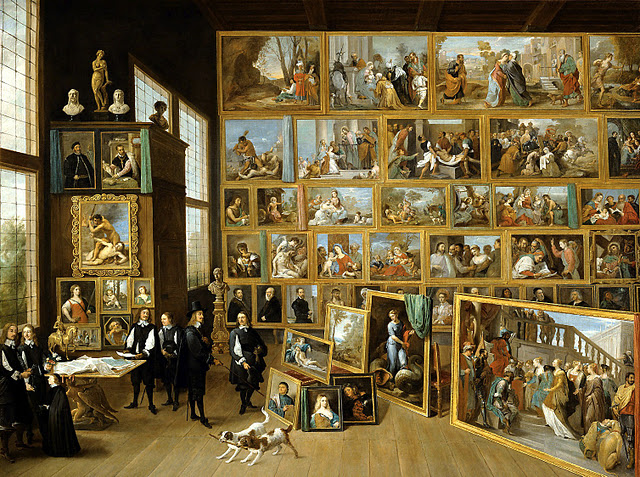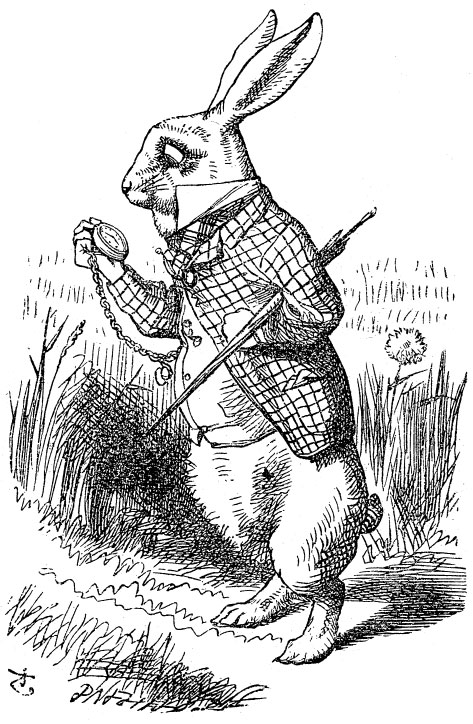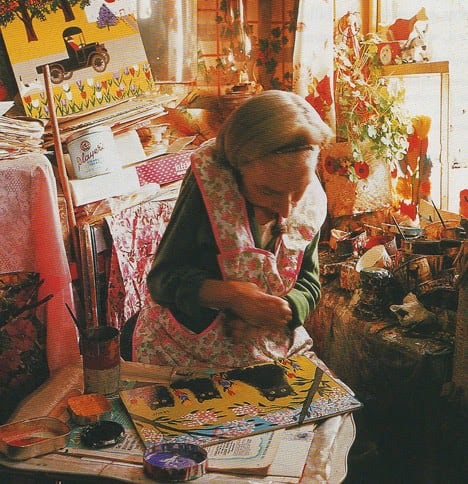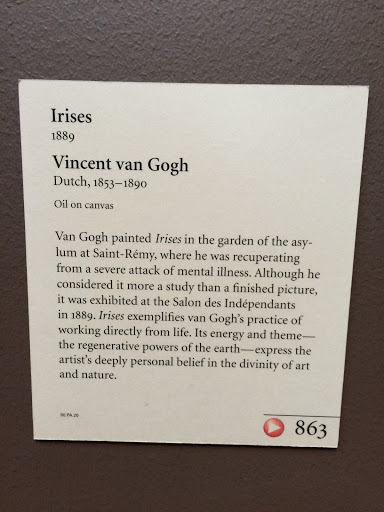You're best off approaching art with humility. Particularly if you are setting out to be a collector with an eye to investing in art and expecting your investment to grow in value over the years.
Learning about art is fascinating for anybody. It can be fun, a hobby. But if you wish to be a collector, educating yourself is a necessity. And there are many areas of education, all of which are of vital importance.
For openers, there is knowing yourself. What do you like? What sings to you? Knowing and following that is the basis of a truly great art collection. A collection with soul - yours.
Not a collection comprised of the 'names' of the moment. Right now in my opinion there is a surfeit of this in the individual museums being opened around the country. They are essentially ego trips by wealthy businessmen who have relied on consultants to round up art by currently popular and established artists with the result, in my mind, that most collections in these museums have come to be predictable. There are certain 'names' to be expected, and there they are -Again! if you look at a lot of modern art. Eli Broad's museum has somewhere around 50 works by Jeff Koons. (You know:
But this doesn't happen when you are in the presence of great collections like the Rockefeller Collection of Early American Art or the Mellon Collection that forms the basis of the National Gallery, or the Phillips Collection. The love, care and education that went into the selection of each individual piece in these and other great collections is palpable. Also the thought and sensitivity and deep understanding of the art, the artists, the time in art and human history and other factors that went into grouping of the works with each other.
This care is a life's work really. It is what makes a great collection and great collector, and it comes with humility.

.jpg)






 from a warm-toned bed of soil
from a warm-toned bed of soil .
.  . This plus the size and expense of the canvas and paints strikes Ciwt as the kind of work artists do on finished canvases. Plus there is a joy in Irises that captures a moment in van Gogh's life when he had just arrived at the asylum and was feeling relief at sanctuary and optimistic that he would be saved from his encroaching insanity.
. This plus the size and expense of the canvas and paints strikes Ciwt as the kind of work artists do on finished canvases. Plus there is a joy in Irises that captures a moment in van Gogh's life when he had just arrived at the asylum and was feeling relief at sanctuary and optimistic that he would be saved from his encroaching insanity.